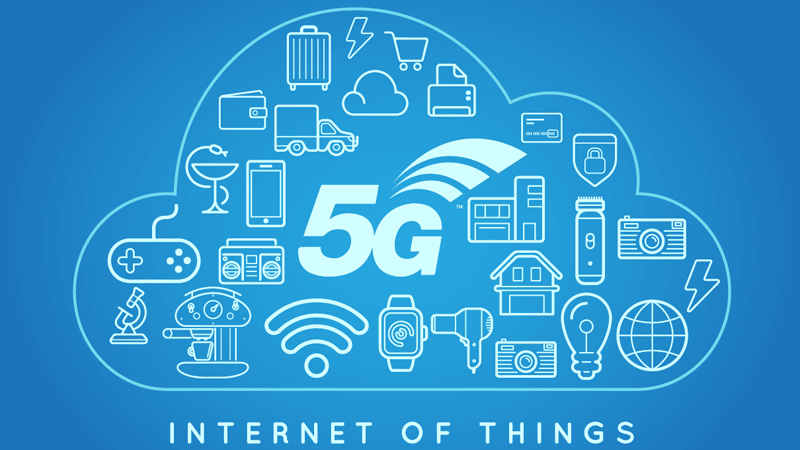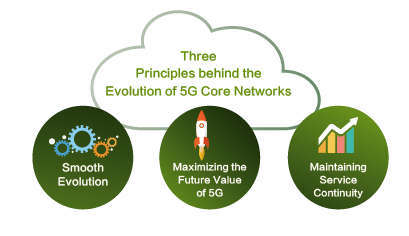- Corporate
- Corporate news and information
- Consumer
- Phones, laptops, tablets, wearables & other devices
- Enterprise
- Enterprise products, solutions & services
- Carrier
- Products, solutions & services for carrier networks
- Huawei Cloud
- Cloud products, solutions & services
Select a Country or Region
- Australia - English
- Brazil - Português
- Canada - English
- China - 简体中文
- Europe - English
- France - Français
- Germany - Deutsch
- Ireland - English
- Italy - Italiano
- Japan - 日本語
- Kazakhstan - Қазақ тілі
- Kazakhstan - Pусский
- Kenya - English
- Korea - 한국어
- Malaysia - English
- Mexico - Español
- Mongolia - Mонгол
- New Zealand - English
- Netherlands - Nederlands
- Poland - Polski
- Romania - Română
- Russia - Pусский
- Singapore - English
- South Africa - English
- Spain - Español
- Switzerland - Deutsch
- Switzerland - Français
- Switzerland - Italiano
- Switzerland - English
- Tanzania - English
- Thailand - ภาษาไทย
- Turkiye - Türkçe
- Ukraine - Українська
- United Kingdom - English
- Uzbekistan - Pусский
- Uzbekistan - O’zbek
- Vietnam - Tiếng Việt
- Global - English
This site uses cookies. By continuing to browse the site you are agreeing to our use of cookies. Read our privacy policy

5G marks the era of hyper-connectivity. An increasing variety of smart terminals will be connected in different ways, with new services like autonomous driving, smart homes, smart cities, AR, and VR increasing in prevalence. In turn, these services will need ultra-low latency, a vast number of concurrent connections, ultra-high bandwidth, and multiple access scenarios – features that today’s core networks can’t deliver.
Two phases of standards
3GPP defined 5G network architecture at the end of 2016, with the core network divided into the control plane (CP) and user plane (UP). With the integrated CP comprising function models, the CP uses a service-based architecture. The UP is unified from UP functions and Gi-Lan functions. Cloud Native software architecture will underpin 5G core networks to meet key future service requirements through agility, flexibility, and robustness.
5G standards will be released in two phases – the first phase standards will be fixed in June 2018 and the second in November 2019.
4 keys to 5G
Service-based architecture (SBA): In a 5G core network, CP functions are decoupled, integrated, and service-based. They combine with UGW control functions to form an integrated CP. Service-based architecture enables plug-and-play network functions (NFs), ensuring extreme agility and the rapid deployment of functions.
Control and user plane separation (CUPS): CP and UP (C/U) are completely separate in a 5G core network, which simplifies network structure. Core network NFs can be flexibly deployed in data centers (DCs) on different levels based on service requirements; for example, the UP can be deployed on an edge DC near the end user and application server to meet extreme service experience demands like low latency.
Slicing: The 5G core network provides on-demand NF and resource deployment capabilities to meet the diverse service demands of future vertical industries. Building logically isolated network slices in cloud infrastructure enables services to be tailored to different vertical industries.
Fixed mobile convergence (FMC): The 5G core network unifies access and authentication to support multiple access types. FMC ensures a seamless service experience in any scenario.
From 4G to 5G
To meet operator demand for early 5G network deployment, 3GPP will first fix non-standalone (NSA) standards in the Phase 1 release to support mobile ultra-wideband services such as WTTx. A number of operators in the US, South Korea, and Japan will launch commercial 5G networks in 2018, with major players from other nations releasing timetables. Fixing 5G standards in phases will let operators gradually evolve 5G networks to reflect service demands.
As networks evolve, service continuity is needed to protect existing investment and develop future services. Operators should consider the following three principles when developing evolution strategies of 5G core networks:

Smooth evolution: Architecture is the first stepping stone to 5G evolution. 5G core networks will be completely deployed on cloudified architecture. Thus, operators must first cloudify legacy core networks to ensure smooth evolution.
Reconstructing infrastructure, including DCs and transmission networks, will lay the foundation for 5G network construction during the cloudification process. Operators will also be able to build IT O&M capabilities, accumulate DC O&M experience, and transform the O&M structure from vertical to horizontal.
As new services develop, it will be necessary to gradually deploy 5G architecture on to 4G core networks. Introducing Cloud Native architecture to core networks will support special capabilities such as cross-DC and gray upgrades, making software architecture ready for 5G evolution. Separated C/U architecture will allow the gateway forwarding plane to be moved down to the MAN, so mobile video services can be quickly rolled out. Introducing MEC architecture can move the gateway further down to the network edge to help develop new services for applications like autonomous driving, smart buildings, and smart offices.
Once core network cloudification and architecture evolution are completed, 4G and 5G can be deployed on core networks on the same physical infrastructure and software architecture, enabling smooth evolution of the current network to 5G.
Maximizing the future value of 5G: 3GPP has suggested several ways to evolve to 5G, with two options available for core networks. One is to upgrade current networks to EPC+ when NSA standards are fixed, and then upgrade to NGC (Next Generation Core) when standalone (SA) standards are fixed. The second is to wait until SA standards are fixed before building NGC. EPC+ standards will first be fixed to meet the requirements of mobile ultra-wideband services; however, EPC+ terminals are incompatible with 5G standards, and it won’t be possible to later upgrade them to 5G terminals. NGC standards will be fixed in six months – they’ll support more functions and NGC terminals will be compatible with 5G standards.
Operators will need to choose a network evolution strategy based on the development of their services. From the perspective of maximizing 5G’s, NGC is better suited for developing future services.
Maintaining service continuity: During early 5G network development, the coexistence of 2/3/4G and 5G core networks is unavoidable. Users will switch between two core networks when they interoperate between 4G and 5G, a scenario that makes maintaining service continuity difficult. To ensure continuity, 5G core network solutions must support integrated access for 2/3/4/5G to simplify network structure and O&M and to ensure interoperability.
In terms of core network evolution, a two-phase implementation is the general recommendation: evolve architecture then evolve functions. In the first phase, traditional core networks can be cloudified by region. Then, Cloud Native, C/U separation, MEC, and FMC architecture can be gradually adopted, with the infrastructure and architecture ready for constructing the 5G core network.
Functions evolution can be carried out as soon as the standards are fixed. Either the core can be upgraded to EPC+ first to support mobile ultra-wideband services before building the 5G core network, or the 5G core network can be built straight away. Ultimately the method operators choose will depend on how their services develop.
- Tags:






